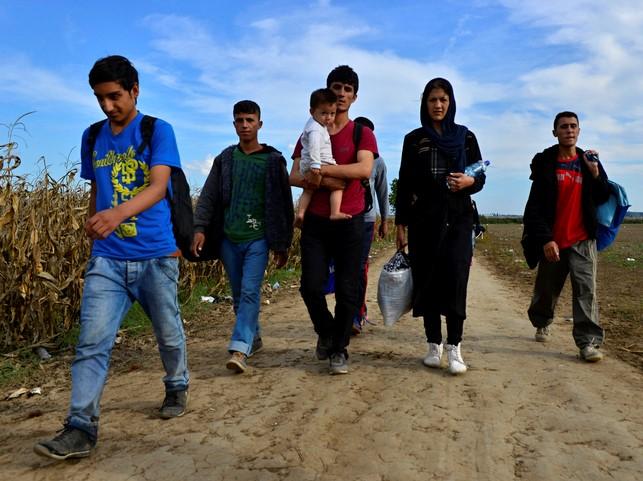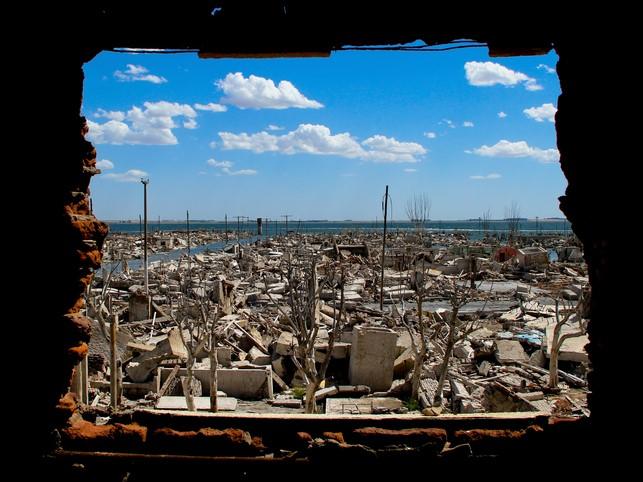
‘Making it’ in the US: education and employment for Afghan refugees
With war and displacement atop most news agendas right now, higher education has a huge part to play in the US’ national response
You may also like
Popular resources
When the United States pulled out of Afghanistan this past summer, tens of thousands of refugees fled ahead of the Taliban. Many of them ended up in the US, where they will try to build new lives in a new country. It’s our responsibility as a nation to provide education and job training to give these refugees the opportunity to find long-term success here. Higher education must play a significant role in this national response.
About 65,000 Afghan refugees have arrived in the US since late summer. Another 30,000 are expected to get here by the end of this year. Tens of thousands more have escaped to other points around the globe and could eventually settle in the US.
These refugees are at different points of their lives. Many are highly educated, have university degrees and are ready and able to go to work. But others need to return to school to complete their degrees or quickly learn new job skills. The majority require immersion programmes to learn or improve their English.
- The case for using universal design for learning at your institution
- How to create a sense of belonging for black students in a majority white academy
- I ran the BBC World Service – it showed me how universities can be truly global
Education is critical for helping these newcomers gain a foothold toward self-sufficiency and upward social and economic mobility. But as we’ve seen in the US and elsewhere, a traditional, four-year degree is not the best path for everyone. Post-secondary education for Afghan refugees must take various forms: college programmes for those who want to finish their degrees; job skills and reskilling programmes for those who want to go straight to work; and multiple approaches to education that are suitable for every category of learner.
Many institutions and organisations are starting to address the need for higher education and workforce training for Afghan refugees. Coursera, one of the largest online education platforms, provides free access for refugees to its full catalogue through the Coursera for Refugees programme. EdX, another online platform, partners with Arizona State University on its Global Freshman Academy, which lets anyone earn transferable college credit from anywhere in the world. The Texas International Education Consortium is securing fellowships for Afghan students and scholars to study or teach at 31 public universities across Texas.
Elsewhere, Arizona State has offered full scholarships to 80 Afghan refugees; Bard College in New York has offered 100 more. The University of California, Davis has created an online backpack to give refugees a safe place online to store their transcripts and other academic records that can be shared later with other universities. Because some refugees have college credit from their studies in Afghanistan, the non-profit World Education Services is assessing the education credentials of displaced persons who have limited proof of their academic achievements.
These organisations are doing valuable work, which suggests there is plenty of support in the US for these new arrivals. But this piecemeal approach won’t begin to reach every refugee who needs our help. Much more needs to be done. To find sustainable and scalable solutions for improving the lives of tens of thousands of evacuees, stakeholders must come together now to form public-private partnerships focused on schooling and job opportunities. We see universities as key partners in this effort.
One such partnership is the Welcome Campus Network, launched in December. Coordinated by Welcome.US, a national coalition working to inspire Americans to assist Afghan refugees, this new initiative will amplify the important work being done by about 30 colleges and universities across the country to support this historic resettlement effort. These member institutions are welcoming our new arrivals in several ways, such as by providing scholarships, sponsorship, housing and educational pathways along with other support and welcoming activities for Afghan refugees and their families.
In a related effort, the National Association of System Heads (NASH) brought together the leaders of 44 state university systems in December to discuss their commitments to helping Afghan refugees. NASH’s Afghan Action Plan, developed in partnership with Welcome.US and the White House, will address ways in which university systems can assist the refugees and their families as they integrate into US cities and towns.
Public college and university systems are uniquely positioned to assist Afghan refugees because of their mandate to be accessible to everyone and their mission to lift people up. Nearly three-quarters of the nation’s college students are enrolled in either four-year state universities or two-year public community colleges. How these systems are organised – multiple institutions operating with a single governing board and chief executive – can systematically support a massive resettlement effort such as the one currently underway.
To be sure, it’s an ambitious project. But such ambition calls for a plan comprehensive enough to carry the weight of transformation, individualised enough to serve the unique needs of a fluctuating situation and innovative enough to help these refugees build their lives in a new country. We must take full advantage of this tremendous opportunity to support these newcomers who will enrich our schools, our communities and ultimately our nation.
Emal Dusst is a founding team member at Cintana Education and currently impact investor at Sterling Partners.
Colleen Thouez is senior adviser at the National Association of System Heads and senior fellow at the New School’s Zolberg Institute.
If you found this interesting and want advice and insight from academics and university staff delivered direct to your inbox each week, sign up for the THE Campus newsletter.





Comments (0)
or in order to add a comment